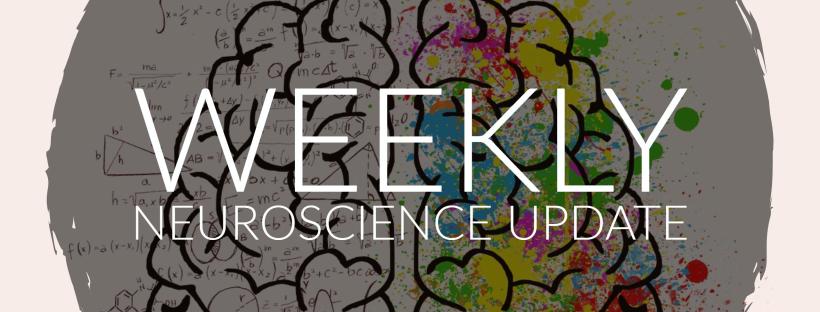
Credit: Herz et. al./Brown University
A new study provides the first direct evidence that within each person, smell sensitivity varies over the course of each day. The pattern, according to the data, tracks with the body’s internal day-night cycle, or circadian rhythm.
Researchers have revealed the neural signatures for explicit and implicit learning.
Neuroscientists have discovered precisely where and how to electrically stimulate the human brain to enhance people’s recollection of distinct memories. People with epilepsy who received low-current electrical pulses showed a significant improvement in their ability to recognize specific faces and ignore similar ones.
Adults likely do not develop ADHD, according to new research.
Researchers propose a new theory of memory formation, reporting memory storage does not rely on the strengthening of connection between memory cells, but on the pattern of connections that form within the first few minutes of an event.
A new Finnish study shows that individual circadian preference is associated with brain activity patterns during the night.
According to researchers, the size, shape and number of dendritic spines in the brain may determine whether a person develops Alzheimer’s disease.
Finally this week, migraine triggers can increase oxidative stress, a new study reports. Targeting oxidative stress may help to prevent migraines.
